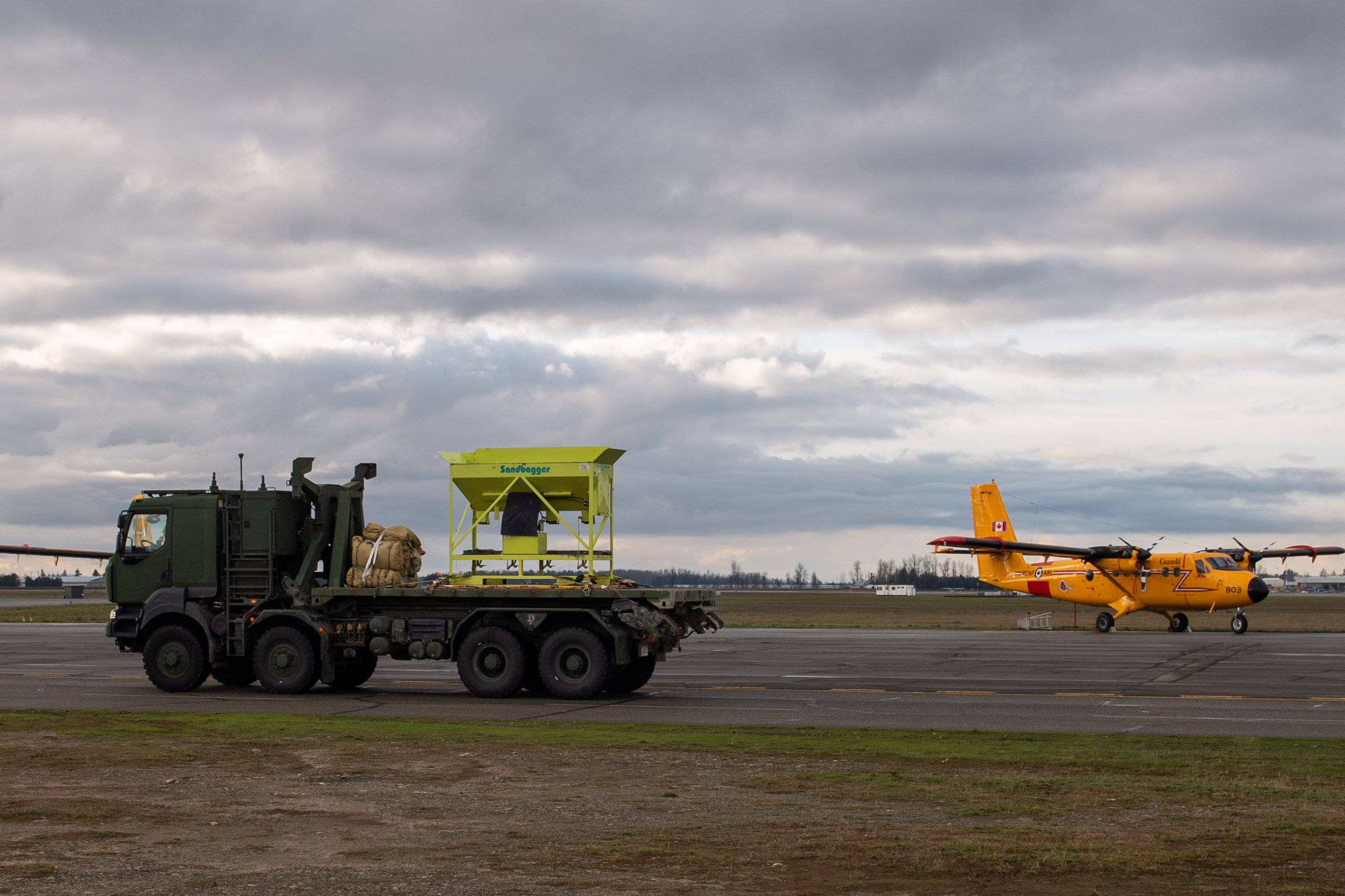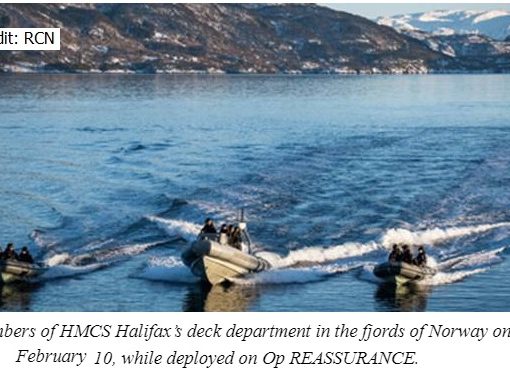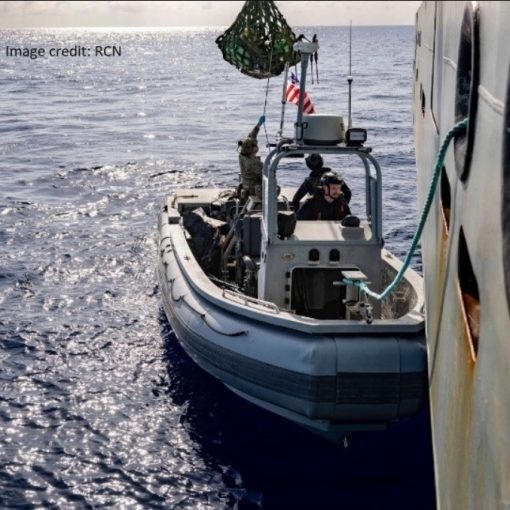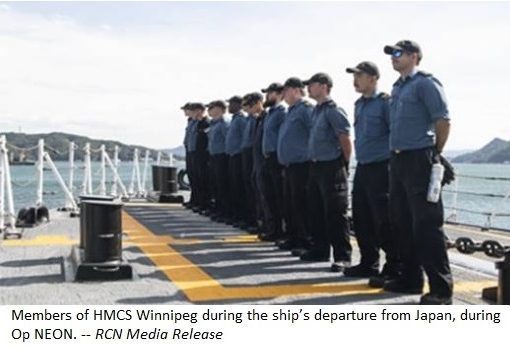By Roger Cyr, OMM, CD, 12 July 2022
In 2021, Canada was plagued with major natural disasters. The COVID pandemic continued, and there was a deadly heat wave, the worst forest fires in decades, then floods and landslides which necessitated rescue missions. The year was not unique, over the past years there have been numerous disasters that required the deployment of Canadian military personnel and resources to provide support to local authorities. The fact is that given climate change, natural disasters are increasing significantly. Also, societal unrest is becoming more prominent and visible.
The Canadian Armed Forces (CAF) should therefore make plans and focus on the provision of military resources to society as its principal function, as its primary and most important mission. This would ensure visibility for the military and give a sense of purpose, and it would serve a critical need.
Today, the mission of CAF is to provide combat-effective, multi-purpose forces at home and abroad to protect Canada and Canadians. The first role is to defend Canada, the second is to defend North America, and the third is contribute to international peace and security. Defending Canada includes assisting civil authorities in responding to a wide range of threats, from natural disasters to terrorist attacks.
The structure and resource allocation of the forces should emphasize the first and most vital mission – defend and protect Canada. In past years, when disaster struck Canadian regions, some military personnel were seen helping as best they could to provide assistance to local authorities. For floods CAF members filled sandbags with a shovel, and some people were rescued by CAF members using inflatable boats. These military rescues should be seen as a true military operation. The rescue missions should reflect military might and should be shown as resourceful, effective and precise. After all, this is really Canada’s last effort against disasters and unrest and should be addressed by the military in that context. The CAF must accordingly structure and resource itself to cover its critical home front role. It must not fail in this mission.
There is now Operation Lentus, which is the CAF response to natural disasters in Canada. Provincial and territorial authorities are the first to respond when a major natural disaster occurs in Canada. If they become overwhelmed, they may ask the military for help. When the forces respond, it is known as Op Lentus. It follows an established plan of action to support communities in crisis. This plan can be adapted to multiple situations, whether fires, floods, ice storms, hurricanes, or unrest. The objectives of Op Lentus are to help provincial and territorial authorities to respond quickly and effectively to the crisis, and to stabilize the situation.
However, the response is limited in scope and role, and certainly does not have the visibility and structure of a military command. There are ways to improve the CAF involvement with disaster relief.
As a first step, there should be a Home Command created in the CAF, similar to the United Kingdom’s Standing Joint Commander (SJC) The SJC is responsible for the planning and execution of civil contingency operations within the UK and its territorial waters during any required military aid to the civil authorities. Most recently, the SJC has been the COVID response force.
Canada has provisions for military aid to the civil power inscribed in the National Defence Act. Because of the federal nature of Canada, jurisdictional authority is more complex than in the UK. In Canada the maintenance of law and order is the responsibility of the provinces. The political authority empowered to requisition military aid is the solicitor general of the affected province in accordance with the act. This requisition is forwarded directly to the Chief of the Defence Staff (CDS) who is obligated by law to execute the request. The CDS alone can determine the nature and level of resources to be committed.
The requesting province may subsequently be billed to pay the cost of the military aid, although the federal government most often waives it. While the military is legally free to decide how to deal with the issue, in practice it works under the direction of the government of the province that has requested the aid. Such requests are made relatively often for specialized resources and personnel. The demands deal mostly with natural disasters such as forest fires and floods. But there also have been aid requests for civil disorders. Use of the CAF in aid of the Quebec civil power includes two major public crises, the October crisis of 1970 and the Oka crisis of 1990.
The new Canadian Home Command should have a defined structure, role, purpose, and be appropriately staffed. It should have authority to reach out to any other command to obtain resources that would be needed in any disaster or civil unrest.
There should be stockpiling of critical resources in designated areas and depots which would be needed in any emergency. It is not about having bags and shovels in stock, but about vital, substantial heavy grade devices to facilitate the production of flood restraints, for example. In its arsenal there should also be industrial level equipment that would make a major difference in the rescue effort. For instance, there should be marine equipment such as rigid inflatable boats which are lightweight but high-performance and high-capacity unsinkable boats, readily available in all regions prone to flooding. There should also be equipment to build barriers around high-risk areas, such as tiger dams that could be deployed as needed. It is understood that the Arctic and Offshore Patrol Ship HMCS Harry DeWolf will be carrying two shipping containers loaded for humanitarian assistance and disaster relief to respond to emergencies when called upon. The defence budget should ensure there is necessary funding earmarked to procure essential emergency requirements.
There should be command and control of the actions taking place in response to any disaster or civil emergency. Clear lines of authority should be established for the commander to be able to requisition military personnel throughout the CAF regardless of commands and structure, both regular and reserve members. The commander should have the authority to task all units in the CAF at immediate notice to undertake any action that is applicable to the role of the Home Command.
Canada is prairies and forests, mountains and plains, rivers and streams, bitter cold and blazing heat. With such a diverse landscape and climate, the country is prone to a variety of natural disasters. They will continue to happen every year.
In 2021, there were many deployments of military personnel and resources. These included response to flooding in Yukon, northwestern Ontario wildfires, Manitoba wildfires, British Columbia wildfires, Iqaluit tainted water, British Columbia flooding and Newfoundland flooding. Over one month in British Columbia floods, 748 military personnel and nine aircraft were assigned to help. Their work included filling and placing sandbags to protect homes and businesses, constructing a so-called tiger dam to stop the damage on Highway 1, and delivering more than 31,000 kilograms of food, vaccines and other supplies to various communities.
With global climate change there will more frequent and severe disasters ahead and this situation will become the norm as opposed to unusual or unexpected. It is likely that these situations will occur yearly. There is also the issue of civil unrest which could become prominent. Hence the need to have available military personnel to address any possible issues which could become critical and vital safety concerns. Any disaster or unrest that may happen in Canada could be best controlled by separate Home Command with the specific authority and resources to manage these situations.






2 thoughts on “Taking Care of the Home Front”
Hello Roger. I like your idea of a “Homeland Command” structure for the CAF to deal with Canadian issues whether it be disaster responses to provinces or other Canadian crises. The use of a “true” Canadian Strategic Sealift Capability used for Humanitarian Assistance/Disaster Relief (HA/DR) responses within or outside of Canada could certainly help with this Homeland Command force. There are several LHD vessels out there that would fit the bill including the ROC Doko class and Juan Carlos I class carriers but CAF manning would have to be increased ($$) before this could happen.
I disagree with your statement that “CAF should […] focus on the provision of military resources to society as its principal function, as its primary and most important mission”. CAF may be called upon at times of crisis to assist civil power in order to resolve domestic situation, be it a flood, fire or shortage of nurses in a retirement home during COVID. But the primary purpose of CAF, as any Armed Forces in general, is to defend our country against enemies. To preserve our sovereignty and Canadian way of living. That’s what military is for. Anything else is extra, in the absence of war.
You basically sum it up in para 3. The NDA delineates organization, duties and responsibilities. Appropriate civil authority gets augmented by CAF as required, depends on nature of the crisis. Therefore creating a new entity such as “Canadian Home Command” sounds unnecessary, in my opinion.